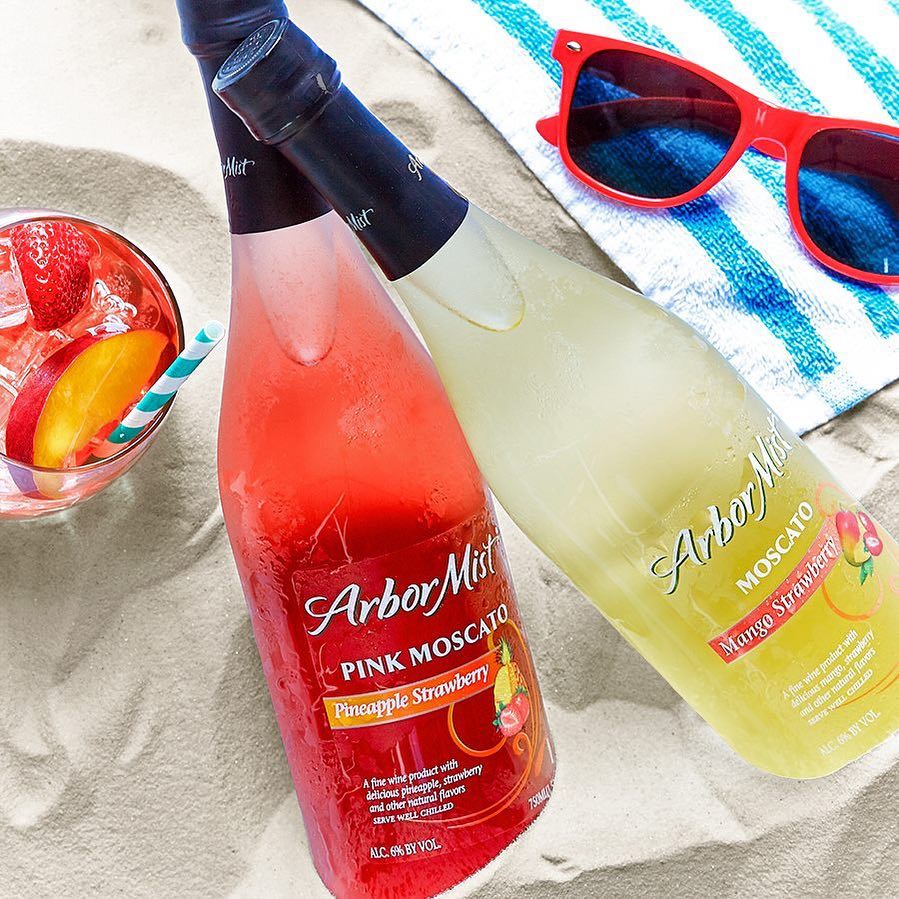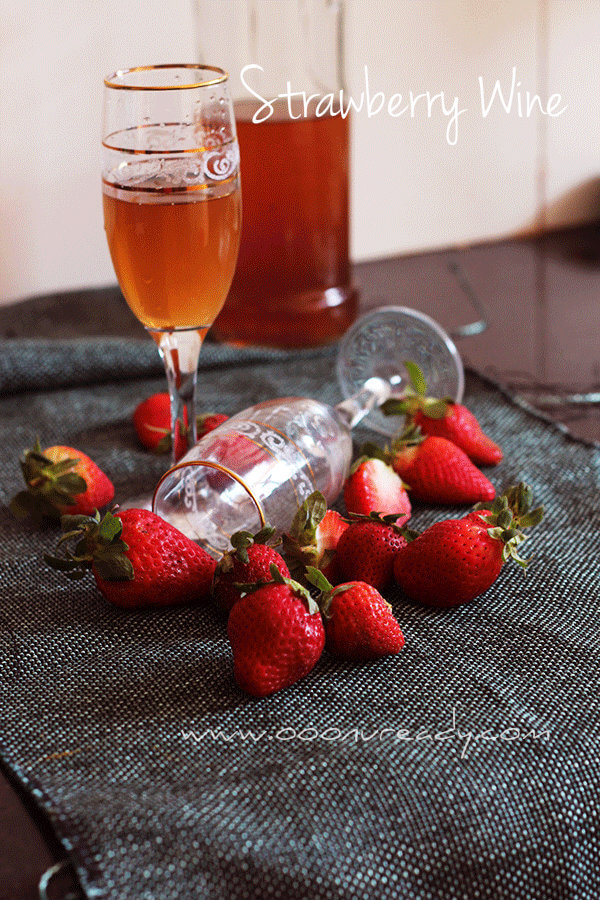
The changes in antioxidant capacity, enzyme activity and decay development in strawberry fruit (Fragaria x ananassa Duch.) illuminated with different UV-C dosages were investigated. © 2014, National Institute of Science Communication and Information Resources (NISCAIR).
/GettyImages-504635529-56a36ebb5f9b58b7d0d1eec2.jpg)
The present paper is presenting an overview on production technology, composition, maturation and quality evaluation of strawberry wine. Principal Component Analysis (PCA) has also been applied to the wine. In flavour profiling, out of 14 descriptors attempted, 6 had very high intensity like, alcoholic, phenolic, higher alcoholic, astringency and bitterness and the vegetative, yeasty and earthy were found to have lower intensity. During maturation various changes took place including increase in esters, a decrease in phenol content whereas ethanol content, TSS and acid remained unchanged. Different phenolic compounds identified by TLC in wines from all the strawberry cultivars are catechin, epicatechin, quercitin and ellagic acid which are known to play a key role of antioxidants. The method of vinification has influenced the phenolic content. Wines from ‘Camarosa’ cultivar are found to have many desirable characteristics such as esters, optimum acidity, redder colour units, alcohol and total phenols, while ‘Chandler’ cultivar had higher amount of ethyl alcohol, more phenols, anthocyanin than other cultivars. The cultivars evaluated for wine production are: ‘Chandler’, ‘Doughlas’, ‘Camarosa’, ‘Elsanta’, ‘Polka’ and ‘Tenira’. Thermovinification method produces the wine of better quality than the others.
Strawberry wine skin#
Different methods used to make wine are carbonic maceration, on the skin fermentation and thermovinification. It is utilized for the production of purees, juice concentrate, juice, jams, preserves and rose red wine. and its flavour is characterized as fruity, sweet and tart.

It is rich in vitamin C, sugar, organic acids, anthocyanin, phosphorus, iron, other minerals, vitamins, etc. Deep red in colour with a unique shape, highly perishable fruit has a pleasant flavour. Use a wine corking machine (best to borrow one!) to place corks in the wine bottles.Strawberry, Fragaria × ananassa (Weston) Duchesne ex Rozier is an important fruit of family Rosaceae, occupies an important place among the small fruit plants and is grown throughout the world.

Strawberry wine full#



 0 kommentar(er)
0 kommentar(er)
